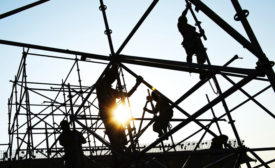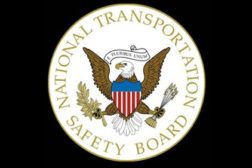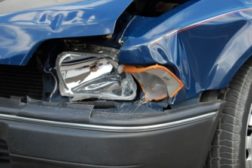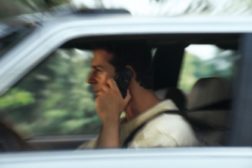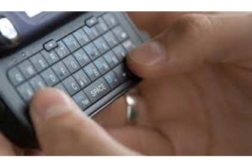Home » distracted
Articles Tagged with ''distracted''
Texting in traffic: Adults worse than teens
-and they admit that it's wrong
April 29, 2013
Distracted driving in the United States and Europe
Take steps to be safe on the road. Start by practicing good driving habits. Don’t text and drive.
April 2, 2013
Distracted driving? There’s an app for that
U.S. drivers more distracted than Europeans
March 18, 2013
Distracted walking a big danger, too
Many pedestrians hit by cars are distracted by mobile devices
October 5, 2012
Become a Leader in Safety Culture
Build your knowledge with ISHN, covering key safety, health and industrial hygiene news, products, and trends.
JOIN TODAYCopyright ©2025. All Rights Reserved BNP Media.
Design, CMS, Hosting & Web Development :: ePublishing
